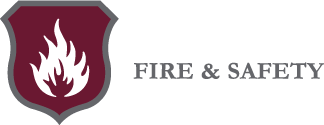
The first round CAO offers are out and for many students the search for student accommodation has already begun!
Finding suitable student accommodation can be a daunting task with factors such as location, rent, bills, facilities etc all weighing on the minds of students and parents alike.
Fire Safety is one very important factor which can sometimes be overlooked in the search, so we encourage you to check out our “Need to Know” guide below – Know your rights and make an informed decision!
1. Smoke/Fire Alarm
Whether you opt for a house, flat, bedsit, apartment or digs you should ensure that your accommodation is protected by a working smoke alarm.
Rental houses should at a minimum have a mains wired smoke alarm or two 10 year self contained smoke alarms. Since 2009, every self contained apartment in a multi occupancy building should have a landlord fire detection and alarm system which protects the common area’s and extends to cover individual apartment lobby’s/exit routes. This is in addition to the mains operated detectors usually found in kitchen area’s.
– Ask your landlord to explain the features of the fire alarm system that protects your accommodation.
– Look for evidence that the landlord fire detection and alarm system is regularly maintained. There is a requirement on landlords to have these systems serviced and maintained by a competent person four times per annum.
– Confirm what action you should take in the event of an alarm activation, false or otherwise.
– Make sure you have an out of hours contact number for your landlord/designated representative as this is when most alarm activation’s occur.
2. Fire Fighting Equipment
All rental accommodation should be fitted with a fire blanket as a minimum. Common area’s should be fitted with portable fire extinguishers, however, whilst it is not a requirement of the landlord to supply individual fire extinguishers in self contained units, it is recommended and many do. If not, it is worth investing in a small multi purpose extinguisher such as a 2 Kg ABC Dry Powder.
– Familiarise yourself with the location of all fire fighting equipment in your building.
– Know when and how to use a Fire Extinguisher
– Where extinguishers are fitted, check to see if these are maintained annually.
3. Emergency Exits/Escape Plan
Carry out a visual check to ensure that all exits and escape routes are free from obstruction. All exit windows and doors should open fully and easily.In multi occupancy buildings, emergency lighting and directional signage should be provided on all common escape routes such as corridors and stairwells.
– Know and practice the evacuation plan for your building.
– Smaller houses and apartment complexes may not have an evacuation plan. In this case be satisfied that you have at least two ways out from every room.
4. Electrical Safety
– Carry out a visual check for any damage such as fraying to flexible cables, damage to plugs such as cracking or discoloration etc.
– Ask your landlord when the last electrical check was carried out by a competent electrician.
– Consideration should also be given to the number and location of power sockets to ensure there is sufficient power points for computers, T.V.s etc so as to avoid overloading.
5. Insurance
Insurance for personal belongings is often overlooked. Ensure you have adequate cover for expensive items such as laptops etc in the event of fire/theft.
We do hope you have found the above useful. From all at Guardian Fire & Safety we, wish you every success in your hunt for your new home and of course happy studying!!







